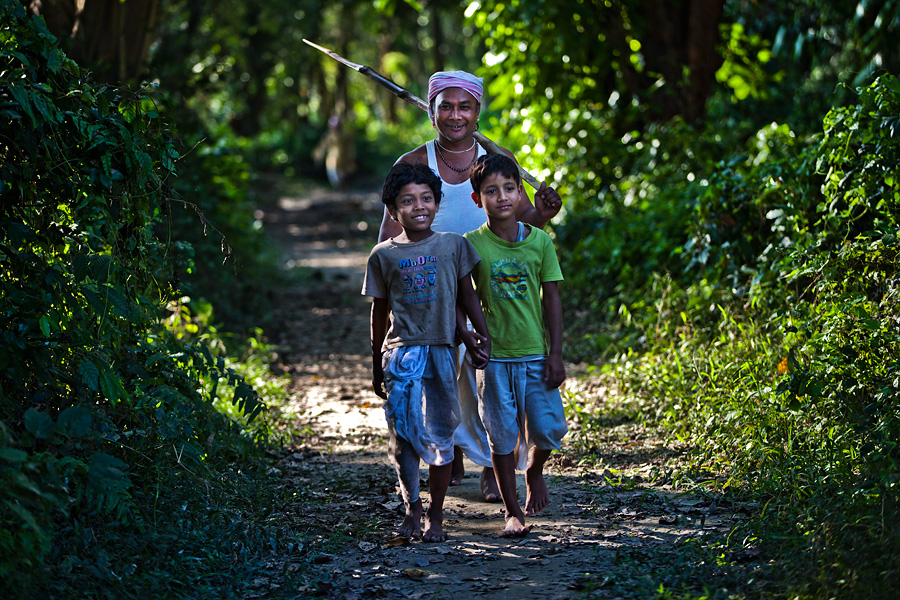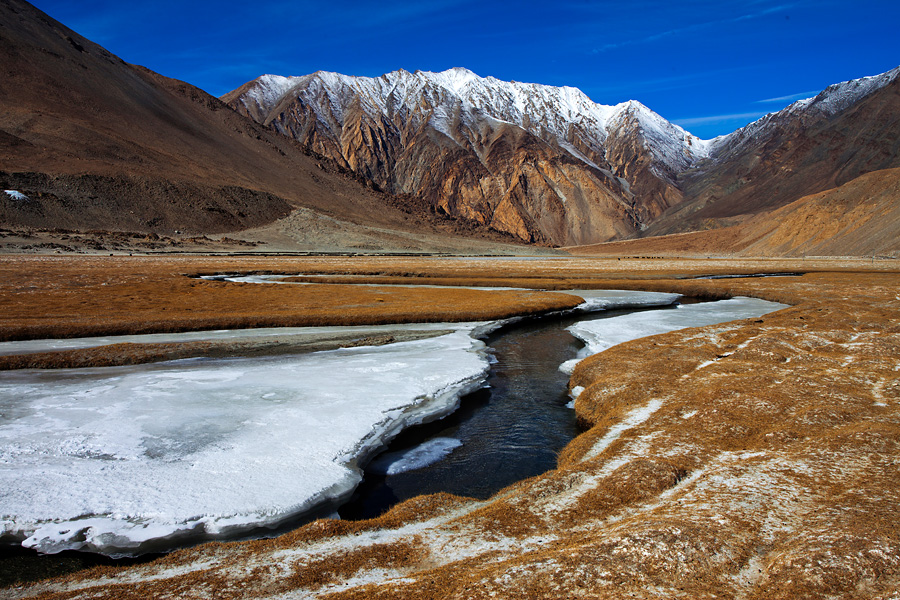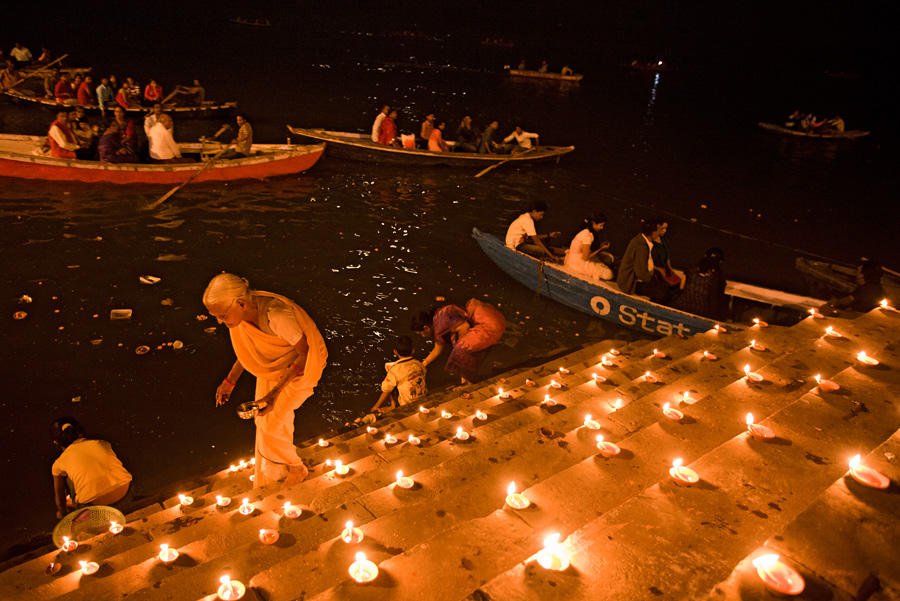I was travelling through parts of North East India, in Assam, Nagaland and Meghalaya in the first two weeks of December. During the journeys, we have had many close interactions with people from remote places in the region, which made this visit a gratifying and an eye-opening experience. I can’t recall too many places where I have felt so welcome and completely at ease. In many faraway locations where we randomly wandered into, people welcomed us unassumingly right into their houses. In one small village inhabited by Rengma Nagas, we were escorted to and offered tea at the house of a friendly villagers. As soon as we came out of their house, we exchanged smiles with another stranger, and were immediately led to her house for more tea! I am grateful to have received such warmth from so many people in the last few days. Having been recipient of such treasured welcome, I can’t help but say that I am going to be back here again in future, hopefully for many times in the years to come. Stories from the region will follow in January.

In the image is a happy family in Assam, walking through the woods towards their paddy fields.
I have made a few visits to Ladakh in winter months. Having walked the empty lanes of winter’s Leh, admired the frozen high-altitude lakes, walked over a frozen Zanskar River, gawked at the blue Indus flowing between frozen ice-ribbons and seeing the endless snowfields in the high Chhangthang Plateau, I can safely say that Ladakh in cold days is among the finest landscapes that can be found anywhere India. Being there, however, is not for everyone as the temperatures regularly go as low as -30C. Here is an image of a small stretch of this beautiful landscape of Chhangthang Plateau in Ladakh.

Come winter, I look forward to travelling to Varanasi on the occasion of Dev Diwali. A festival not to be confused with Diwali, this is celebrated two weeks after Diwali, more commonly called Karthika Poornima festival in many parts of the country.

A lady lighting the lamps on the ghats during Dev Diwali in Varanasi
On the evening of Dev Diwali, the three-kilometer long ghats–steps leading to Ganga–are all lit with thousands of small earthen oil lamps. The entire stretch appears as though stars have arrived on earth for an excursion. It’s believed that the entire pantheon of ghats descend on earth for a dip in Ganga on this day. Pilgrims too arrive in the ghats in large numbers on the occasion of Dev Diwali, and Panchganga Ghat becomes the most favoured bathing place for the day.
The above photograph was made during this year’s Dev Diwali, which was two weeks ago, when I was leading a photography tour in Varanasi.


